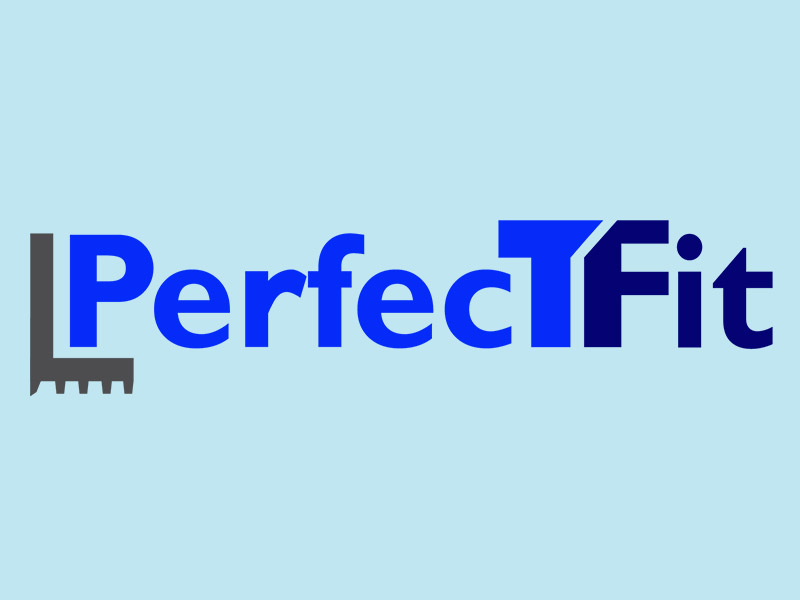In multifamily housing, one constant remains: maintaining a safe and secure community for both residents and property managers.
According to the latest National Multifamily Housing Council (NMHC) report, over half of renters identify security as their primary concern when choosing their new home. This stark statistic underscores the critical role that cutting-edge security systems can play in attracting and retaining residents in today’s competitive market.
Given these stats, the industry has shifted from viewing such tech as a ‘nice-to-have’ to recognizing it as an absolute essential. Beyond enhancing the marketability of a property, robust security measures contribute to long-term resident satisfaction, reducing turnover and positively impacting the property’s bottom line.
It’s no wonder then that property managers are increasingly leveraging this technology to not only protect their assets but to attract new residents for whom safety and security are top priorities.
One of the most significant advancements in this space is the integration of AI and proactive deterrence into perimeter video technology. Traditionally, perimeter video has been highly effective in monitoring and recording activities around a property. These systems allow property managers to review footage, passively deter unwanted behavior that can lead to more serious crime, and collect evidence when necessary. However, this approach often relies heavily on security personnel to continuously monitor footage and respond to incidents as they occur, or worse, after they have occurred.
Modern systems now incorporate video analytics to detect important activity and include automated features such as flashing lights and noise-emitting speakers that activate when people or vehicles enter an area of interest at specified times. For instance, if someone is loitering too long or entering a restricted area, the camera’s light flashes, and a sound is emitted to warn the intruder that they are being watched.
Recent innovations in AI have further evolved systems and in many cases reduced the need for direct and immediate human oversight. For example, PointCentral’s new AI Deterrence (AID) employs advanced algorithms to analyze scenes and subjects in real time. The system is capable of identifying a person entering or lingering near a restricted zone and promptly responds with an AI-generated verbal alert that speaks contextually to the specific image the cameras are recording.
For example, if an unauthorized individual lingers near a gate for longer than the time specified by the property manager, the AID system will automatically activate and directly address the person with a message such as, “Person in the black jacket and black hat near the gate, you are trespassing. Leave immediately, or the police will be called.” This human-like voice gives the impression of live, active monitoring even though the entire process is fully AI.
The speed of the response, as well as its message, are crucial. The automated warning is delivered quickly upon detection, significantly reducing the chances of the unwanted behavior continuing. The AI-driven technology handles the bulk of security management, requiring minimal human intervention.
The integration of AID in perimeter video technology represents a transformative advancement in multifamily property security. As the demand for more effective, autonomous security technology grows, AID presents a proactive, efficient, and highly effective solution. It not only safeguards property assets but also offers the peace of mind needed to attract and retain residents.
For property managers looking to strengthen their security strategies and foster thriving rental communities, AID is a powerful tool. It ensures that properties are equipped with the latest technology to deter criminal activity, reduces the need for extensive security personnel, and maintains a secure, welcoming environment for all residents. As the multifamily housing market continues to grow and evolve, the adoption of AID will be key to staying ahead of safety and security challenges and maintaining a competitive edge.







![ecobee premium airzone control The ecobee Smart Thermostat Premium. [Photo credit | ecobee]](https://restechtoday.com/wp-content/uploads/2025/06/ecobee-premium.jpg)
![Hub 3_02 The SwitchBot Hub 3 provides a user-friendly solution to the growing complexity of modern smart homes. [Photo credit | SwitchBot]](https://restechtoday.com/wp-content/uploads/2025/06/Hub-3_02-scaled-e1750179791687.png)
